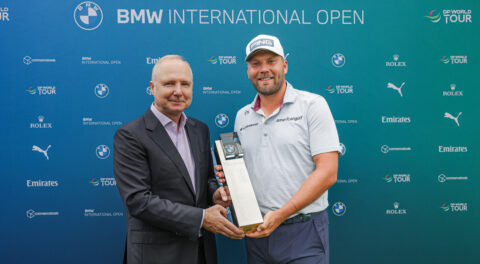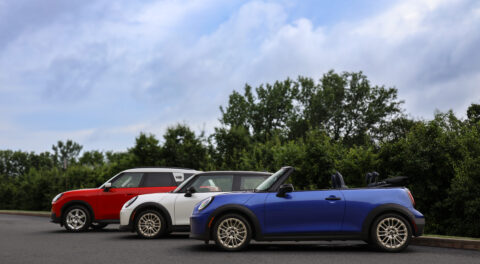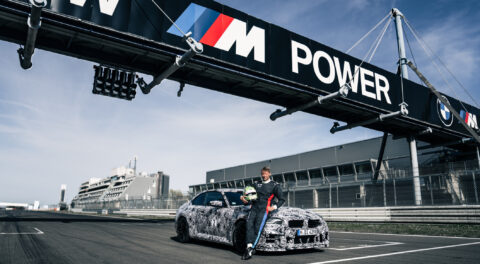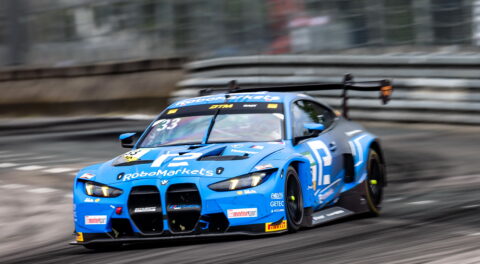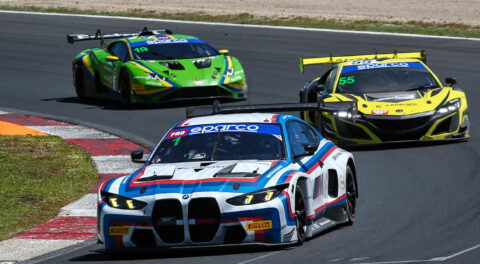The innovative and game-changing hybrid-electric drivetrain of the BMW i8 recently secured a fourth successive victory, receiving yet another Engine Of The Year Award. The i8 drivetrain is made up of a heavily turbo-boosted conventional three-cylinder engine and a powerful electric motor which work in unison to motivate all four wheels; numerous other manufacturers have come to market with faster, higher-performing developments of their own, but the recently updated i8 seems to offer its own unique and successful blend.
The technology, which was first rolled out back in 2014 on initial versions of the i3 and i8, has since been continuously refined and developed, and is now being actively brought to market on much more conventional models. Mainstay lines like the 3, 5, and 7 Series now offer at least one electrified-drivetrain model, and so does the current-generation X5.
At the turn of the millennium, when the first generations of the Honda Insight and Toyota Prius were introducing hybrid technology to the masses, the cost of entry remained almost prohibitively high. In the nearly two decades since, industry-leading brands have democratized the underlying concepts and evolved the individual components, and today it’s not uncommon to ride in a hybrid vehicle that’s seen multiple owners over 200,000 or more miles.
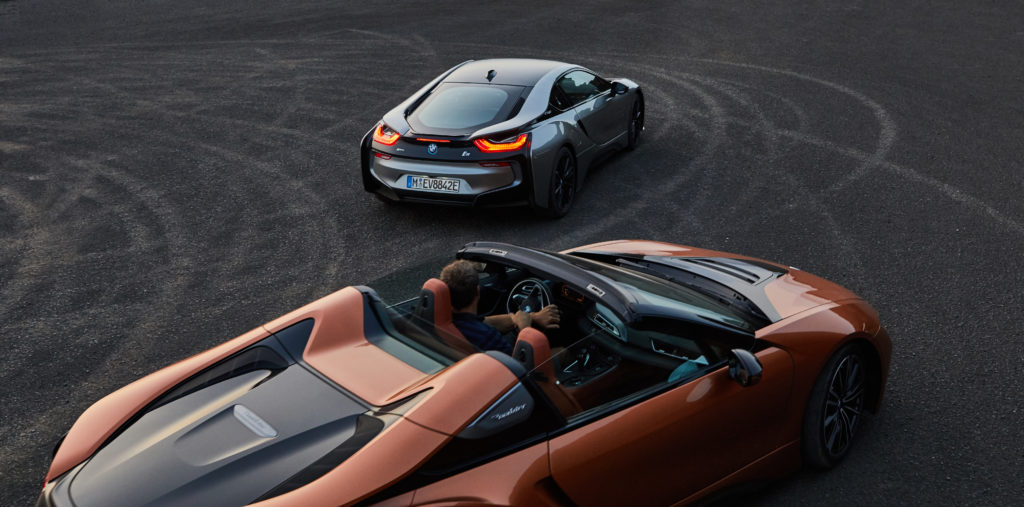
Prices have changed significantly as well, and so have social connotations surrounding hybrids. Larry David, star of HBO’s long-running Curb Your Enthusiasm, has transitioned from a first-generation Prius through newer iterations of the same model, and was seen piloting a BMW i3 in the latest season of the series. Over that same period, hybrids have evolved from the transportation of those wishing to make a statement to a common sight during the daily commute. The Nissan Leaf, Chevy Volt, and Tesla Model S have both helped to break the mold of what the segment was supposed to be, and buyers who occupy the upper stratosphere of the market now have hyper-potent choices from the likes of Ferrari, McLaren, and Porsche.
Designed to fill a spot a bit lower than word-beaters like the LaFerrari, McLarenP1, and Porsche 918, the BMW i8 and Acura NSX offer their own high-adrenaline versions of electrified driving. Just like the other models, they’re helping to break down preconceived notions relating to cars that use electric motors to put power to the ground, and their respective market receptions have been encouraging. They’ve also been paying less obvious but still tangible dividends in the way that they have acted as forerunners, paving the way for other models to follow. The 330e remains a bit more expensive than its purely gasoline-motivated stablemates, but the 530e iPerformance is priced identically to the entry-level 530i in both RWD and xDrive, and electrified variants of the X5 and 7 Series are slotted well within the price ranks of other conventional models.
Yes, things are certainly changing—but BMW has maintained its position as a driving force behind the integration and development of new technology. The recent update to the i8 and premiere of the new i8 roadster only serve to bolster the brand’s well-established beachhead; power figures have increased slightly to 231 horsepower for the gasoline-burning three and 143 for the electric motor, up from 228 and 129 respectively. Winning a fourth consecutive award for Engine Of The Year in its segment is a nice bit of continuing recognition that we hope to see continue in the future, adding to BMW’s already impressive 69 cumulative class and segment wins.—Alex Tock
[Photos courtesy of BMW AG.]


